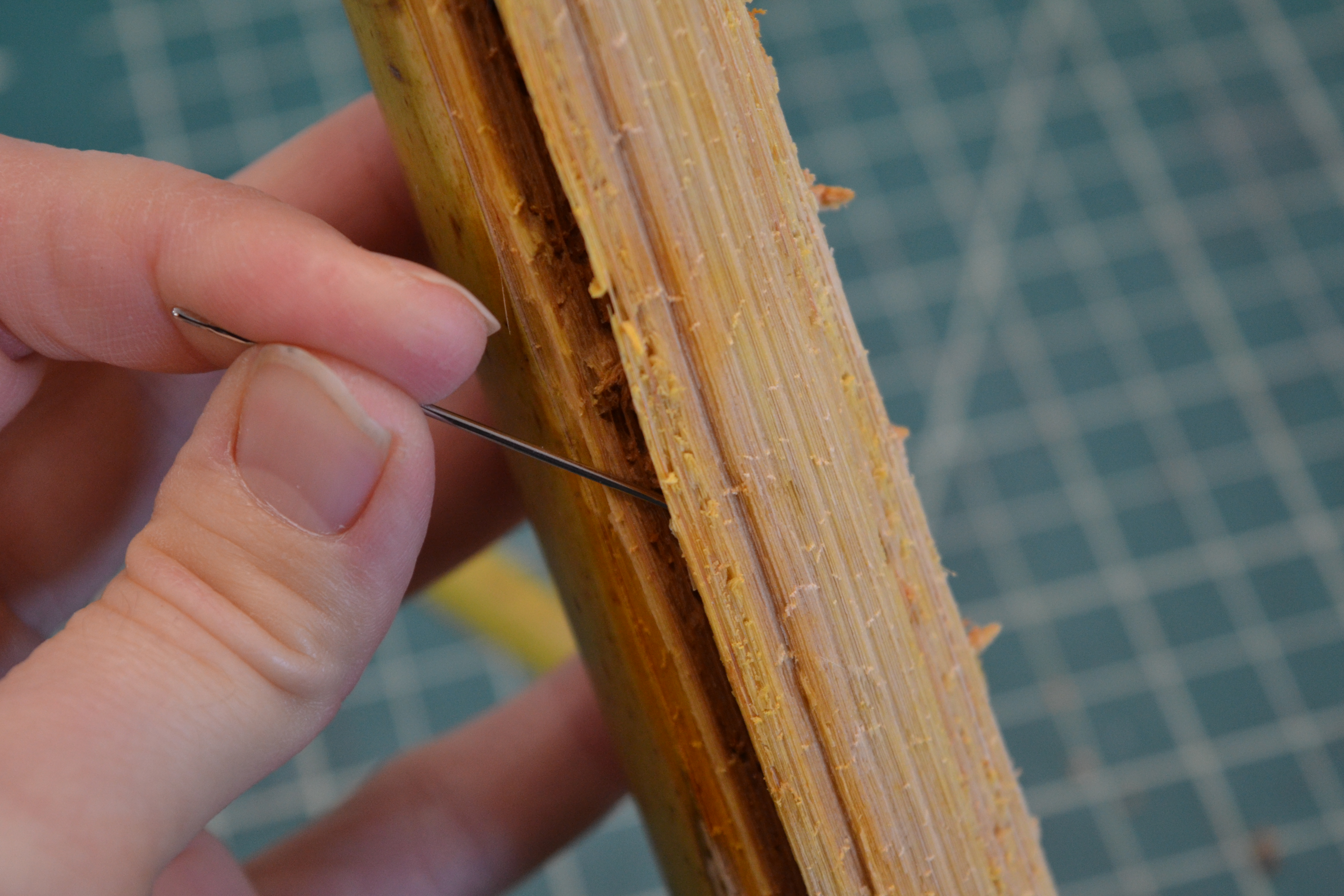
Flower initiation occurs under photoperiods of 12 to 14 hours per day. Tuber initiation is inhibited by high levels of nitrogen, long photoperiods, and high levels of gibberellic acid. Low temperature, shade, and light intensity can inhibit flowering. esculentus is cultivated in Egypt, Spain, Nigeria, United States, Guatemala, Mexico, Chile, Brazil, Lebanon, Syria, Jordan, Saudi Arabia, Oman, Iran, Iraq, Pakistan, India, Yemen, Morocco, Ivory Coast, Sudan, South Sudan, Gambia, Guinea Bissau, Ghana, Niger, Burkina Faso, Togo, Benin, Cameroon, and Mali, where they are used primarily as animal feed or as a side dish, but in Hispanic countries they are used mainly to make horchata, a sweet, milk-like beverage.Ĭultivation and growing of the xufa in the Valencian Community, file by Valencian Museum of Ethnology Climate requirements Ĭyperus esculentus cultivation requires a mild climate. In Japan, it is an exotic clonal weed favorable to establish in wet habitats. It is readily transported internationally, and is adaptable to re-establish in varied climate and soil environments. esculentus is a highly invasive species in Oceania, Mexico, some regions of the United States, and the Caribbean, mainly by seed dispersion. In addition the tubers have a bitter taste instead of the mild almond-like flavour of C. rotundus are often multiple instead of just one at the tip. Some differences are the purple spikelets and the tubers formed by C. These two sedges are difficult to distinguish from each other and can be found growing on the same site. rotundus) is another weedy sedge that is similar to the yellow nutsedge ( C. They can mainly be distinguished from grasses by their triangular stems. Sedges ( Cyperus) have grass-like leaves and resemble each other in the appearance.C. esculentus is wind pollinated and requires cross pollination as it is self–incompatible. These basal bulbs initiate the stems and leaves above ground, and fibrous roots underground. When the tubers germinate, many rhizomes are initiated and end in a basal bulb near the soil surface. They can resprout up to several years later. With cool temperatures, the foliage, roots, rhizomes, and basal bulbs die, but the tubers survive and resprout the following spring when soil temperatures remain above 6 ☌ (43 ☏). One plant can produce several hundred to several thousand tubers during a single growing season. The tubers are 0.3–2.5 cm ( 1⁄ 8–1 in) in diameter and the colors vary between yellow, brown, and black.

The roots are an extensive and complex system of fine, fibrous roots and scaly rhizomes with small, hard, spherical tubers and basal bulbs attached. The plant foliage is very tough and fibrous and is often mistaken for a grass. They can produce up to 2420 seeds per plant. The color varies from straw-colored to gold-brown. They are 5 to 30 mm ( 1⁄ 4 to 1 + 1⁄ 8 in) long and linear to narrowly elliptic with pointed tips and 8 to 35 florets.

The spikelets of the plant are distinctive, with a cluster of flat, oval seeds surrounded by four hanging, leaf-like bracts positioned 90 degrees from each other. The stems are triangular in section and bear slender leaves 3–10 millimetres ( 1⁄ 8– 3⁄ 8 inch) wide. Due to its clonal nature, C. esculentus can take advantage of soil disturbances caused by anthropogenic or natural forces. The plant is reproduced by seeds, creeping rhizomes, and tubers. It is often found in wet soils such as rice paddies and peanut farms as well as well-irrigated lawns and golf courses during warm weather.Ĭyperus esculentus is an annual or perennial plant, growing to 90 centimetres (3 feet) tall, with solitary stems growing from a tuber. In many countries, C. esculentus is considered a weed. It is an invasive species outside its native range, and is readily transported accidentally to become invasive.

Ĭyperus esculentus can be found wild, as a weed, or as a crop. C. esculentus is cultivated for its edible tubers, called earth almonds or tiger nuts (due to the stripes on their tubers and their hard shell), as a snack food and for the preparation of horchata de chufa, a sweet, milk-like beverage. It is found in most of the Eastern Hemisphere, including Southern Europe, Africa and Madagascar, as well as the Middle East and the Indian subcontinent. heermannii (Buckley) S.WatsonĬyperus esculentus (also called chufa, tiger nut, atadwe, yellow nutsedge, earth almond, and in Chishona, pfende ) is a species of plant in the sedge family widespread across much of the world.


 0 kommentar(er)
0 kommentar(er)
